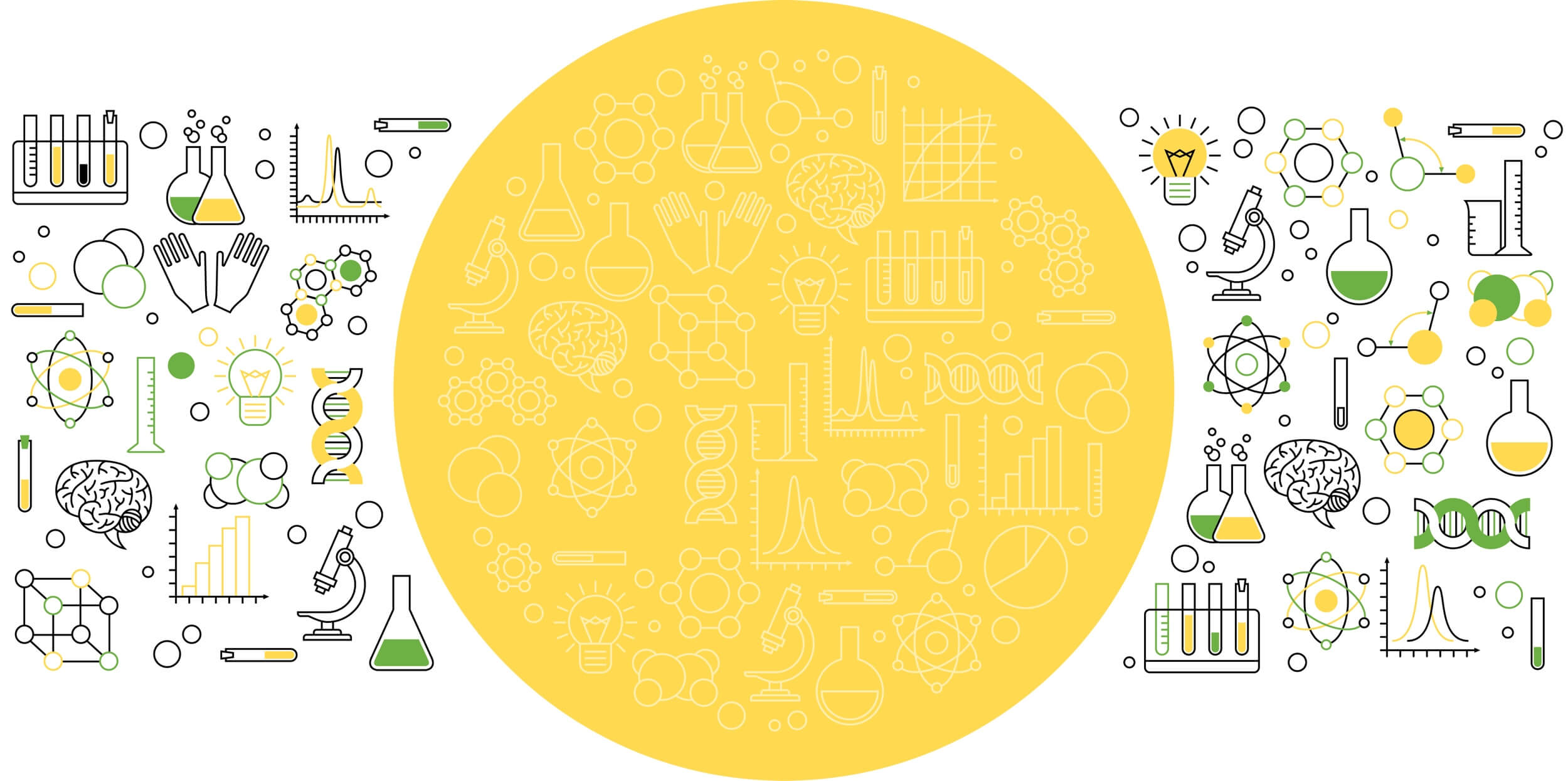Twist Bioscience’s Partnership with Biobricks Foundation Accelerates Synthetic Biology Discovery

Twist Bioscience and the Biobricks Foundation recently announced their first-of-its-kind partnership. According to the agreement terms, the Biobricks Foundation will be purchasing 10.000 genes from DNA synthesis market leader Twist Bioscience.
The Biobricks Foundation is a charity built on the belief that biotechnology belongs to everyone. They support the open and ethical development of biotechnology by inspiring people to interact with and utilize biology through democratizing the tools to program life.
Their mission’s importance is wide reaching, as biology affects our food, medicines, technology, and environment. A core conviction in the synthetic biology community is that through the manipulation of biology, some of the most difficult problems our world faces can be solved.
For example, engineering an organism’s metabolism has led to technologies that reduce production costs over traditional chemical syntheses for life saving drugs like artemisinin, a powerful anti-malaria treatment, or important chemicals like bisabolene, a precursor to a jet and high performance aviation biofuel. By democratizing the technology required to engineer and interact with biology the growth of potentially world changing innovations will be accelerated.
“Most of biotechnology has yet to be imagined let alone made true”
– Professor Drew Endy, co-founder of the Biobricks Foundation
In the partnership, the Biobricks Foundation will compile 10.000 genes into a library of essential biological parts. Twist Bioscience will build the genes using their state-of-the-art gene synthesis technology – the only technology available that is capable of handling the throughput and quality required for this enormous project.
To fill their library, the Biobricks Foundation will be looking towards the community to field suggestions for genes. A call will be made for the world to offer gene suggestions on a free and open forum, and the community will vote on which genes they want added to the library. The end-product will be a library of the most useful and innovative genetic parts, built for the community by the community.
Importantly, the library will be subject to the Open Material Transfer Agreement, making every gene inside free to access. In one move this agreement has blown synthetic biology wide open, making the technologies required for impactful biotech innovation open source.
Lifting the financial burden is only one challenge in the democratization of synthetic biology. A democratized technology also needs to be easy to use in order to accelerate innovation.
The Biobricks Foundation has laid out a standard format for genetic parts that makes all format conforming sequences easily to manipulate. Each gene made to adhere to this standard format is called a Biobrick.
Biobricks gained their popularity in the iGEM competition. iGEM, standing for the international genetically engineered machine, is an international synthetic biology hack-a-thon open to high schools and universities. Biobricks are so easy to use, high school-age teams are able to engineer complex genetic circuits in microorganisms with ease.
Biobricks Explained
A genetic part in the biobrick standard is defined by its hallmark flanking regions, which are designed to make sure every part in the biobrick format is compatible with every other part in the biobrick format – all biobrick-ed genes can be snapped together like Lego® pieces.
The figure below shows the sequences of a typical biobrick prefix and suffix. Notice that the prefix contains sequences that are recognized by the DNA cutting enzymes EcoRI and XbaI, and the suffix contains sites for cutting by SpeI and PstI.
By cutting one biobrick’s suffix with SpeI, and another biobrick’s prefix with XbaI, compatible overhanging edges are revealed, as can be seen below.
Complementary overhanging DNA sequences, like those created by XbaI and SpeI will bind to one another. A separate enzyme can then be used to stitch the DNA back together, producing a single new genetic part from two independent starting parts. The other restriction sites, EcoRI and PstI can then be used to stitch the new part into a biobrick compatible plasmid, allowing a microorganism to put the new synthetic part to use.
Using the biobricks format, iGEM competitors and researchers have been able to produce complex genetic pathways that offer innovative solutions to some of the world’s greatest problems. For more information on the Biobricks format see iGEMs wiki.
Now, a library of 10.000 simple, free genetic parts is being made open source, available for the entire community to access. As Drew Endy, president of the Biobricks Foundation said “most of biotechnology has yet to be imagined let alone made true.” So what will you create?
¿Qué piensa?
Me gusta
No me gusta
Me encanta
Me asombra
Me interesa
